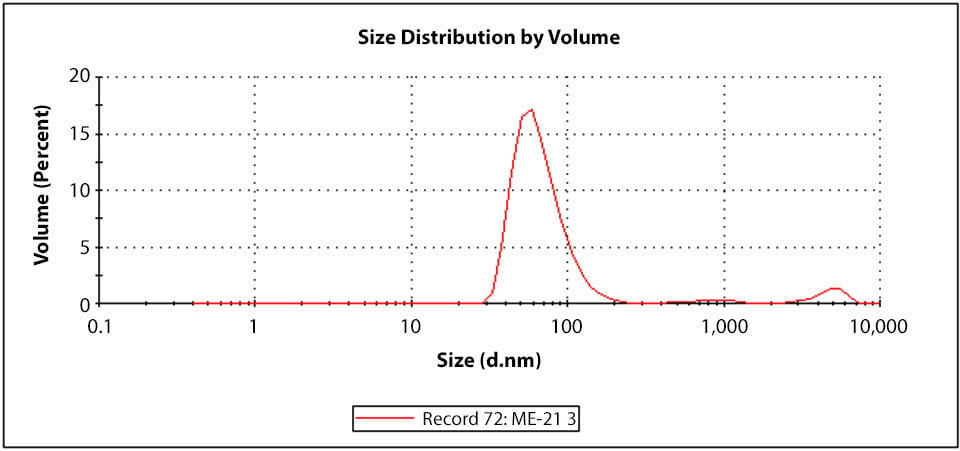Ready to proof 10/14/21
CLJ revised 10/25
DID YOU KNOW?

Particle Size Measurements of Latex Particles — What Is the Correct Answer?
Video credit: ilyast / Creatas V1ideo, via Getty Images
Did you know that different instruments used for particle size measurements operate on different principles, and often give different average particle diameters and particle size distributions? Key questions for latex producers are therefore: What is the best type of instrument? What particle size measurement method is most useful for my purpose (quality control, scaleup, R&D)? Which average particle diameter should I be using in my work (number average, volume aveage, intensity average)?
The answers to these questions can have important implications for ensuring consistent latex quality or for successfully troubleshooting scaleup and production problems. For example, DLS (dynamic light scattering) is perhaps the most commonly used technique. However what is often not realized is that DLS is not very sensitive to the presence of small particles if larger particles are present. You could have a significant population of small particles made by secondary nucleation, which may dramatically impact your latex properties, and yet your particle size measurements may not reveal anything unusual. More generally, particle size measurements from different instruments cannot be reliably compared to each other.

This subject is treated in detail in several of our STEPn workshops, especially STEP 2 “Characterization of Latex Particles.”
We welcome comments and further discussion of this topic. Please contact us via our website, www.epced.com.

The “Did You Know….?” series is a bi-monthly note from Emulsion Polymers Consulting and Education (EPCEd) that is intended to present simple questions about topics that are important to those working in the emulsion polymers area. Short and concise answers to those questions are presented to educate readers and to elicit comments and further discussion. Some readers will already know the answers and be familiar with the topic, while others, especially those newer to the field, will benefit from the answers and discussion. Experienced practitioners may also find new insights in the discussion. Paint & Coatings Industry magazine has partnered with EPCEd to share the “Did You Know” notes with our readers throughout the year.